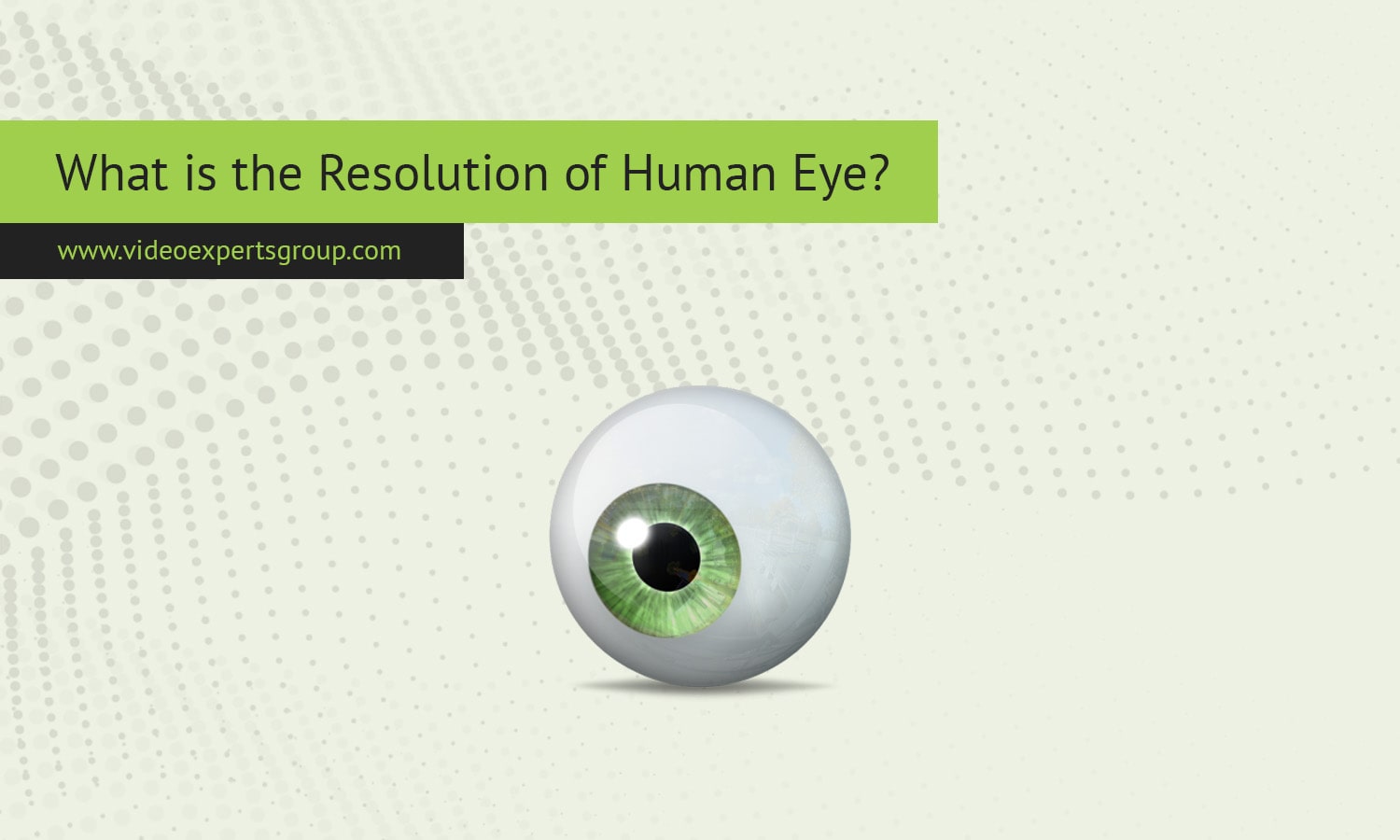The human eye is often compared to a camera, but its capabilities far exceed most digital imaging technologies. From perceiving the details of distant stars to distinguishing tiny differences in color, the eye's resolution has fascinated scientists and laypeople alike. But what does "resolution" mean when it comes to the human eye, and how can it be quantified?
Meaning
Resolution refers to the ability of an imaging system to distinguish fine details in a given field of view. In the context of the human eye, resolution is the smallest separation between two points that can be distinguished as separate. This ability depends on the density of photoreceptor cells in the retina, the optical quality of the eye’s lens, and the brain's ability to process visual information.
Unlike digital cameras, which are measured in megapixels or lines per millimeter, the human eye's resolution is dynamic, varying based on factors like lighting, contrast, and distance to the object.
Resolution of the Human Eye
Quantifying the resolution of the human eye can be challenging due to its complex structure and biological variability. However, we can express it in various units to provide a clearer understanding.
In Millimeters (mm)
At a distance of 1 meter, the human eye can distinguish details as small as 0.29 mm. This calculation is based on the angular resolution of the eye, typically around 1 arcminute (1/60 of a degree).
In Centimeters (cm)
When scaled up to centimeters, the resolution at 1 meter translates to approximately 0.029 cm. This measure is useful for understanding the eye's capabilities in larger contexts, such as reading fine text or distinguishing patterns on fabric.
In Nanometers (nm)
The human eye’s angular resolution corresponds to about 500,000 nm at a distance of 1 meter. However, it's worth noting that this is a measure of spatial resolution, not the eye's ability to perceive wavelengths of light, which ranges between 380 nm (violet) and 750 nm (red).
In Micrometers (μm)
The resolution in micrometers at 1 meter is approximately 290 μm. This is often used to describe the level of detail the eye can resolve in close-up situations, such as examining fine print or small mechanical parts.
In Megapixels
If the human eye were to be compared to a digital camera, its resolution would be approximately 576 megapixels. This estimate considers the total number of photoreceptors in the retina and the field of view of the eye. However, the brain processes information differently than a camera, so this is only a rough equivalence.
In "K" (e.g., 4K or 8K)
For reference, the field of view of the human eye can be approximated to a resolution exceeding 8K, or around 7680 x 4320 pixels. This comparison is based on the eye's ability to cover a wide field with high detail in the central vision.
FAQ
The human eye's resolution is an extraordinary feat of evolution, offering a dynamic and adaptable imaging system that remains unmatched by technology in many respects. While numerical comparisons are fascinating, the true marvel lies in how the eye and brain work together to provide a seamless and vivid visual experience.
















